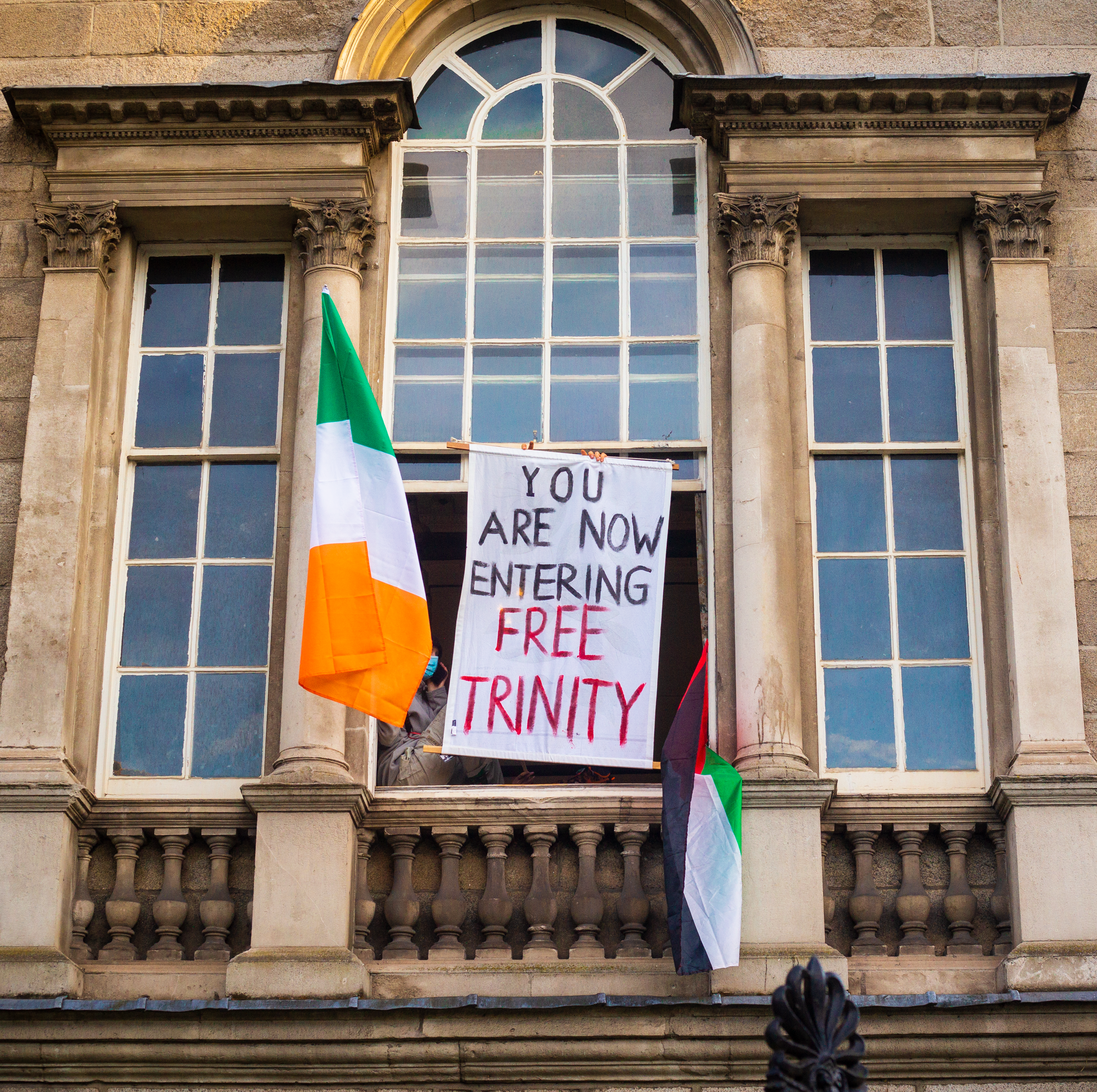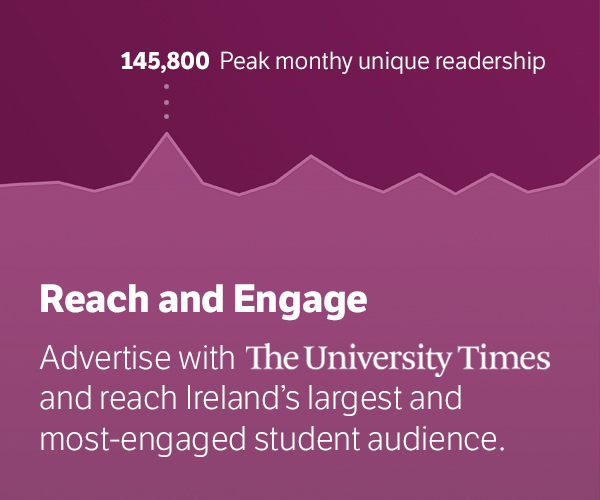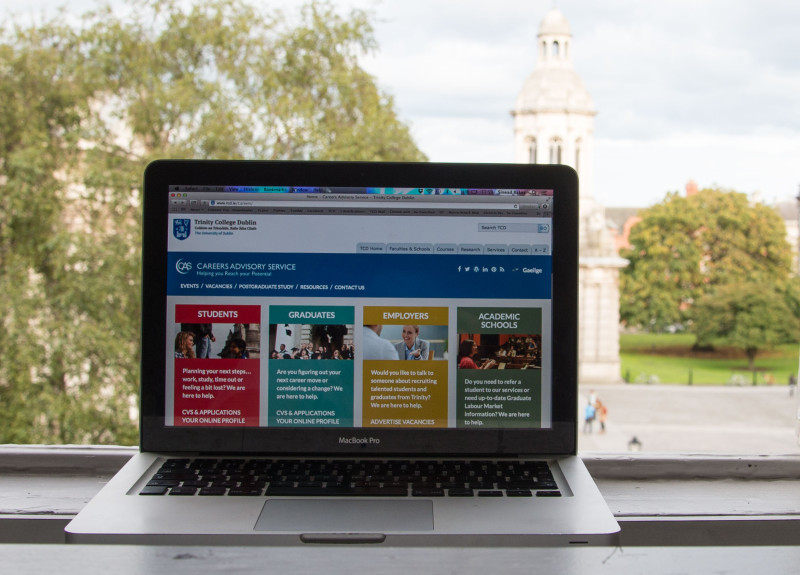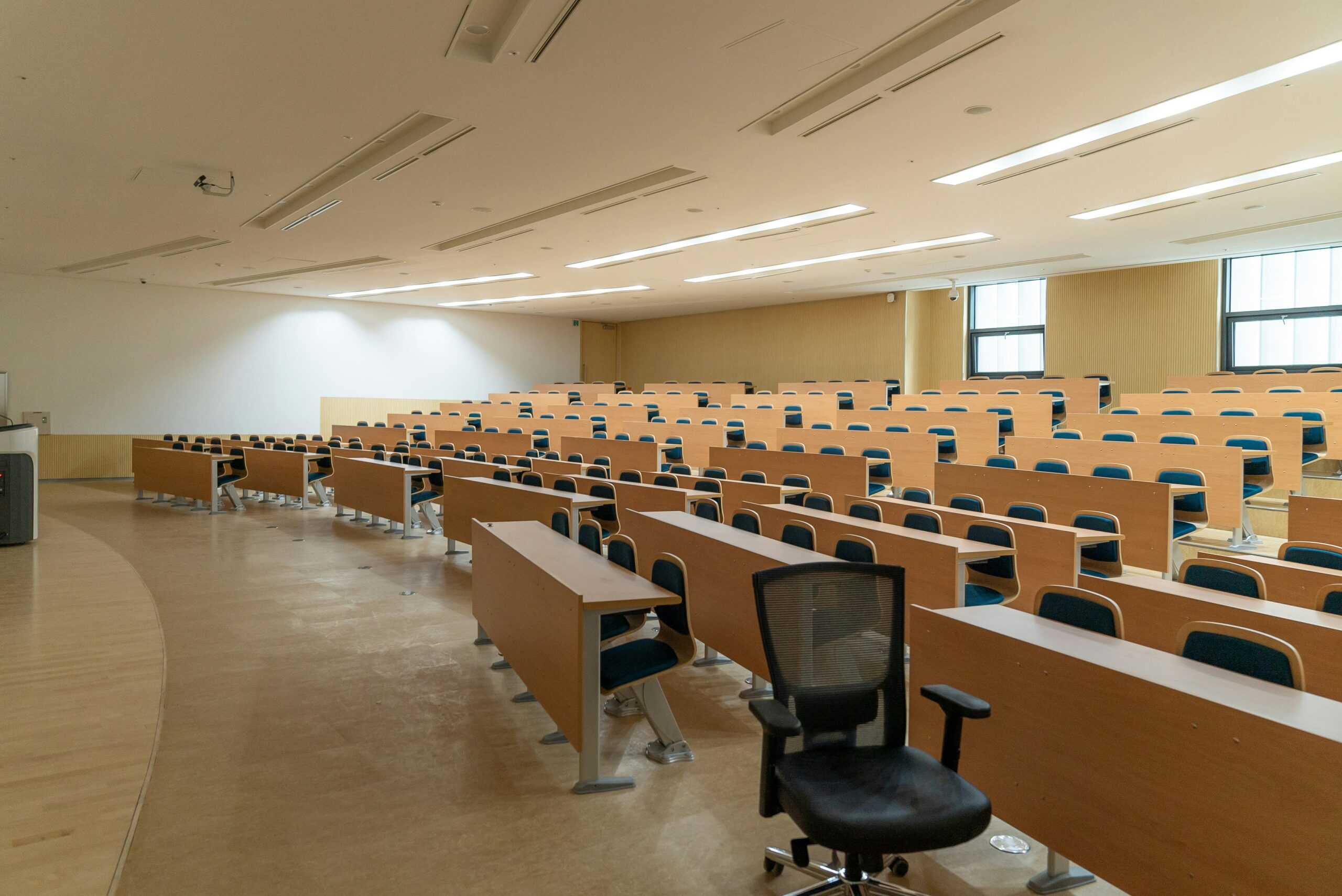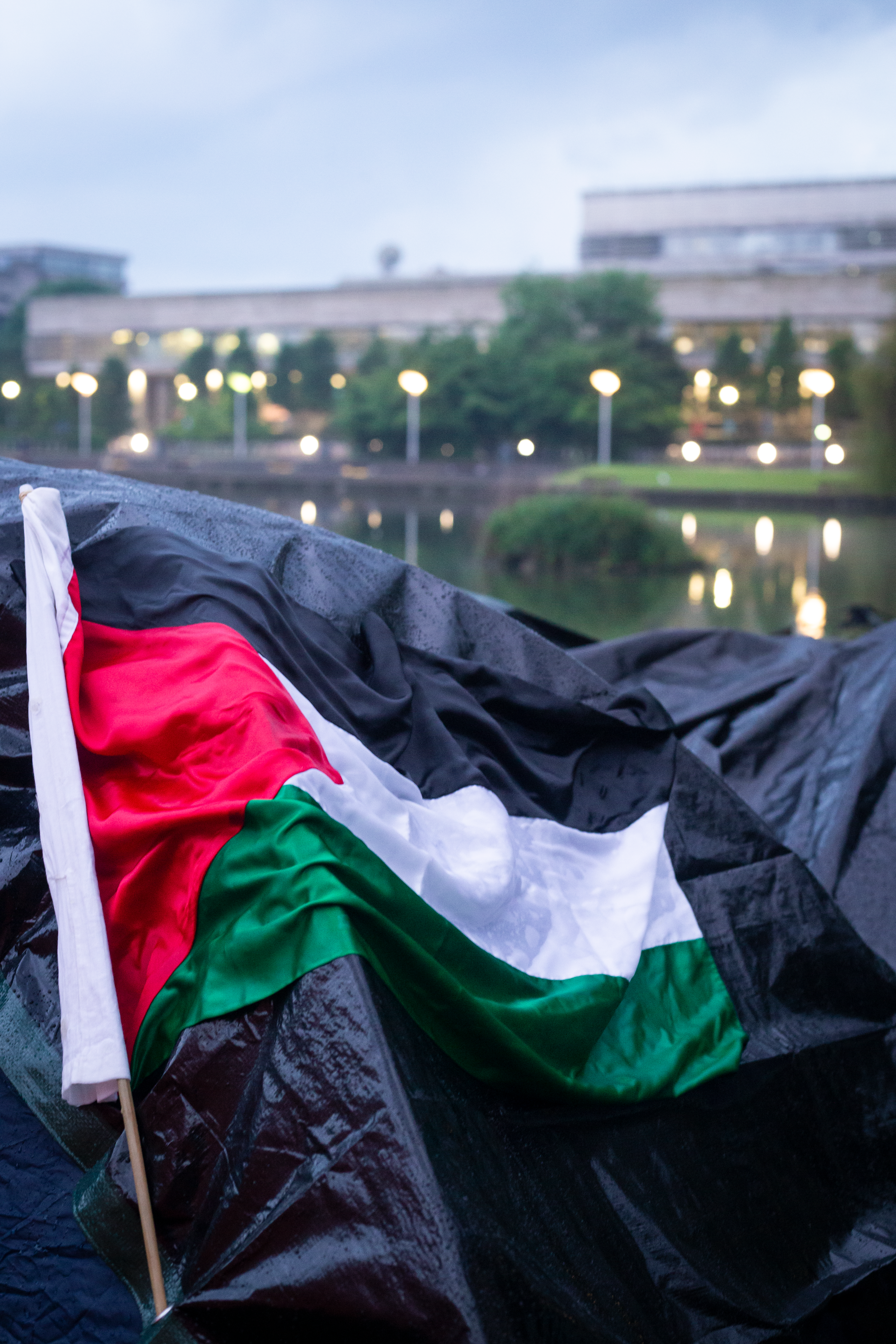If the past year has taught us anything, it’s that student activism, and specifically direct action works. May’s 2023 encampment organized by Trinity BDS (Boycott, Divestment and Sanctions) led to an unprecedented victory for students. Trinity agreed to work towards total divestment from Israeli companies doing business in the Occupied Palestinian Territories. Also as a result of the encampment, Trinity has set up a task force to address links between Trinity and Israeli institutions. The very nature of this victory in the face of pushback from college is evidence that direct action works and is effective. For years, Trinity students have stood up against the college for what they believe in through engaging in direct action, and it is through direct action that time and time again we, as students, have been able to push the college to improve their policies on various issues.
In another prominent example of direct action, students occupied the dining hall back in 2018 in what would become known as ‘Take Back Trinity’. Students led this occupation in response to college introducing a €450 fee for resitting examinations. This occupation, like the Trinity BDS led encampment, garnered national attention and resulted in protesters’ demands being met. Like the encampment, the occupation that Take Back Trinity culminated in was effective because it targeted a prominent place within the college, with the dining hall being chosen due to it being the location where fellows and scholars of the university have their commons in the evening.
These examples are just two prominent examples out of many in Trinity’s history, which time and time again show that direct action works. But why?
Direct action encompasses various strategies, but the core element that makes it effective is in disrupting the usual flow of activities. It is through disruption that students cannot be ignored, and it forces the college to address concerns. It also draws attention to issues more than is often possible through non-disruptive means, allowing students to kill two birds with one stone and make other students aware of issues within the college. This is the crux of why direct action is the most effective form of student activism, and it’s why students often turn to direct action when nothing else is working. Direct action takes the power from the hands of the college and puts it into the hands of students.
In Trinity, like any other college, there’s an inherent power imbalance between students and the college. Through normal, non-disruptive means of student activism, like lobbying, students can make headway but only if the college agrees to negotiate, which is often on their terms. Direct action, however, disrupts that power imbalance and allows students to have the upper hand in negotiations. It’s the primary tool which students have to enact change when facing pushback from college. When done correctly, it forces colleges to come to the negotiating table on students’ terms, rather than students going to the negotiating table on Trinity’s terms. Direct action isn’t, and shouldn’t be the first port of call for students, negotiating should be. However, direct action is often the only way in which students are able to enact change and get Trinity to do what’s right. There are student representatives on most college committees, but this often is an imbalanced relationship. College can all too often seem more concerned with external actors rather than the students themselves, who are the beating heart of the college community. Direct action changes the nature of these negotiations, and forces the college to meaningfully take students’ concerns into consideration.
Student Activism is also incredibly diverse, and isn’t limited to just direct action. Less disruptive action, for good reason, is often the first port of call for students seeking change. Other means of student activism like postering, petitions, etc. provide a powerful tool for students to enact change and test the waters. However, these don’t always work, and it’s when these don’t work that direct action becomes the only option for students to engage in.
Student activism and direct action also provides an important training ground for students to learn what forms of activism are the most effective, and every action we take is a learning process. Every action builds upon the actions of the past, and over time, we as students have been able to efficiently gain the tools to enact change by doing so. It’s through engaging in activism that we can also learn to apply these tools nationally and internationally, allowing students, who are future leaders, to know how to enact change in the future.
What’s consistent over time is that in order to effect change, the students must be radical and continue fighting for what they believe in. We’ve come a long way over the years, with students being at the forefront of change on various issues from abortion rights to student fees to action on Palestine. Going into the future, we must remember this and continue to push the boundaries for what we, as students, believe in. This is how change is achieved, we cannot sit back passively, we must be active in our engagement. Students are the largest stakeholders within this college community, and college often seems to forget that. It’s through direct action that we can change that.
This year, there has been less direct action than last year, and that’s because college (at least so far) seems to be more willing to negotiate with us, however, this is only because the college knows we can and will resort to direct action if necessary. Over time, this will fade as it always does, and it’s important that we continue to remind the college that students have the power and means. After May’s encampments led by Trinity BDS, the college agreed to set up a taskforce to address our demands. We’ll see where this goes, if the college is willing to make meaningful changes, and only time will tell if we must, as students, return to direct action on this issue.
